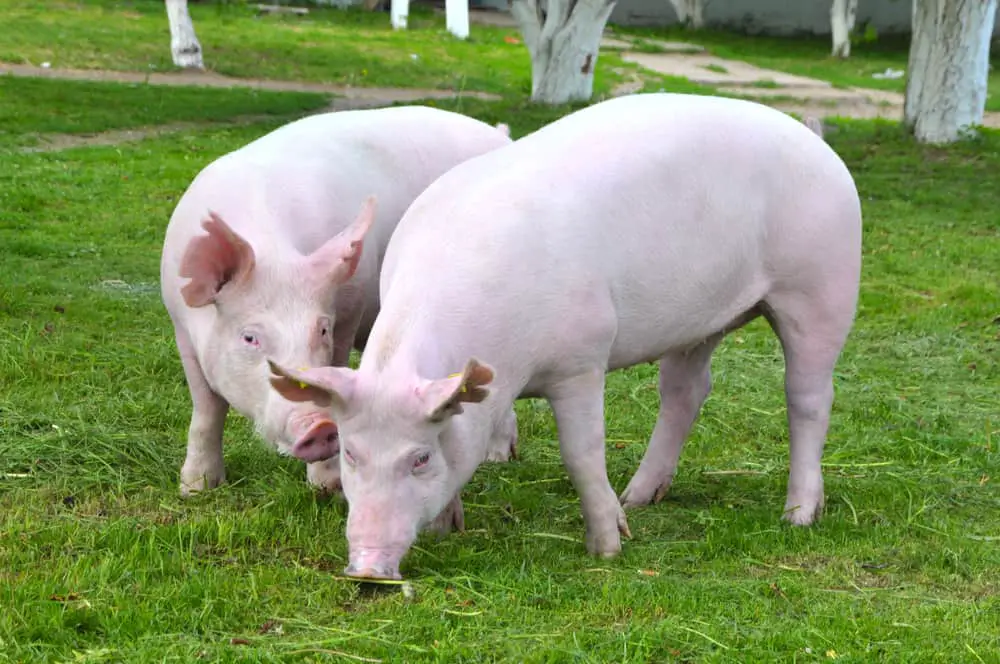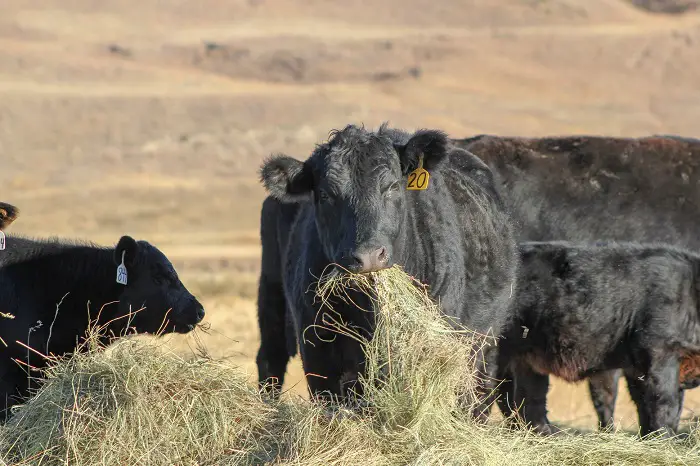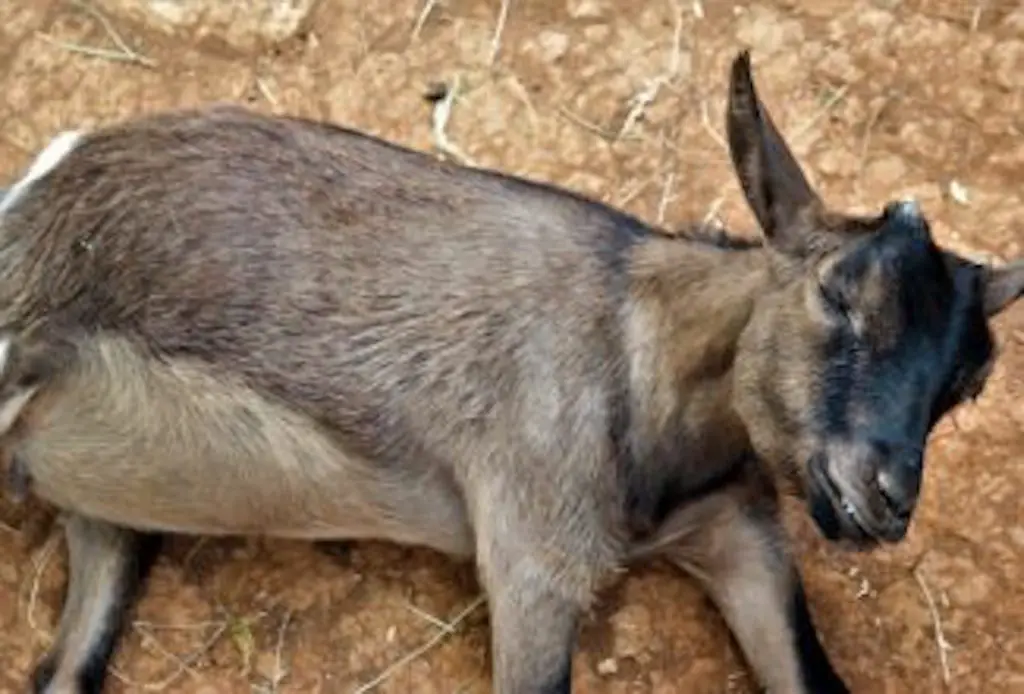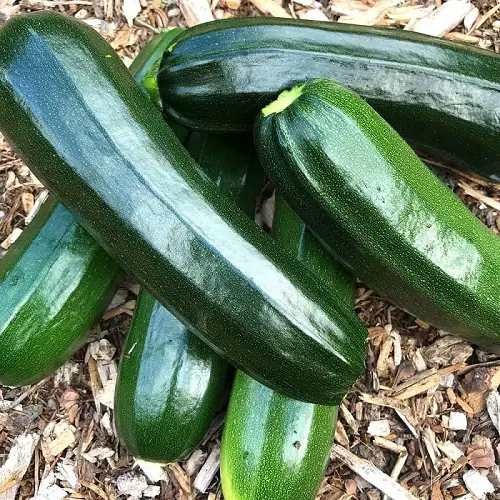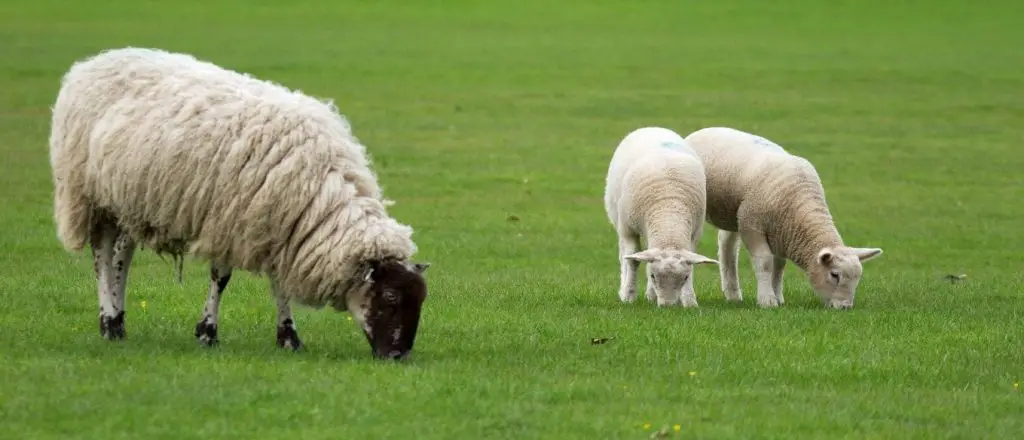Sus scrofa domesticus is the scientific name of pigs, pigs are sometimes referred to as just Sus domesticus by some authors. An average pig should possess large head with a snout which is elongated by a special prenasal bone and disk of cartilage at the tip. The snout is referred to as the tool used to dig into the soil to find food and is a very acute sense organ. Each foot contains four hoofed toes, with the two larger central toes bearing most of the weight, but the outer two also being used in soft ground. Pigs are classified as omnivores which means that they consume both plants and animals.
Pigs are very clean animals. They feceate at a distance from their living or eating zones, even piglets once they are couple of hours old they will definitely leave the nest to relieve themselves. Visionary of pigs covers a great perimeter, because of side eyes. Other characteristics possessed include, four toes on each hoof, however they only walk on two toes per foot, fourty four teeth for a mature pig and a normal pig can run seven minute a mile. Pigs produce meat without contributing to the deterioration of the natural grazing lands and are less affected by seasonal changes. They are fast growing; they convert concentrate feed to meat twice as efficiently as ruminants like cattle. They have high fecundity (productiveness) and prolificacy and short generation interval. Their output in terms of yield of meat per tons of live-weight of breeding female per year is in the region of six times that of cattle.
Contents
Pig Breeds
Pigs are further classified into different breeds. A breed is a certain animal population that differs from other groups within the same species in respect of significant genetically determined traits. Types of pig breeds include, Duroc, Landrace, Hampshire, Welch, Saddle back, Large black, Tamworth, Pietrain, Lacombe and Yorkshire (Large White).
Yorkshire Pig Characteristics
The Yorkshire pig breed was developed in the United Kingdom around 1850 by crossing the indigenous European breed and an indigenous breed from Asia. The breed is the most common and popular worldwide and also known as Large white breed. This breed is white in color and erect ears is another signature for the breed. They are the most recorded breed of pigs in the United States and in Canada. Yorkshire is very sound, muscular, durable and high lean meat proportion and reduced back fat. The Yorkshire breed possesses qualities such as mothering ability, larger litters, more length, more scale and frame and farmers look for such characteristics when considering swine for rearing. This breed is good for pork producers of having greater substance, ruggedness, and scale. Today, through continuous breeding techniques, Yorkshires are productive, yet more performance oriented and more durable than ever. The breed is a source of long lasting mother lines that can contribute as much to longevity and carcass merit. Large White sows have been noted for their large litter size, their heavy milk production and for having excellent maternal instincts.
Yorkshire Frame Characteristics
Yorkshire consist of stronger straight legs and is a meat breed. It is a large breed capable of fast growth and has good FCR. It produces lean carcasses with good length. The sows from this breed are prolific breeders with average litters of 12 to 14 piglets per litter and high milk production. It is a maternal breed. Mature Yorkshire pigs are characterized by the ability to reach a live mass of 400-500kg, the breed however tends to have heavy shoulders. Sow and gilts of Yorkshire breed should have seven functional teats on each side that are well spaced and prominent, good hip structure with long and developed muscle. Large Whites or Yorkshire breeds are characterized by their white skin and are free from black hair. One key characteristic of the Yorkshire breed is that it is longer in the leg than are other breeds and tend to have poor ham development and long deep sides. The head is temperately long with slightly dished face and pricked ears. Large white has well adaptability to wide range of climatic conditions due to its ruggedness and being a hardy breed. Hardiness of the Yorkshire pig can be defined as the extent to which an animal can adapt itself to the circumstance in which it lives (the ability to survive). The quality of the legs and the walking ability of the pigs is also related to hardiness of this pig breed.
Yorkshire Breeding Characteristics
Yorkshire breeds are commonly used in crossbreeding or hybrid programs due to its vast good quality characteristics, with the most popular cross being Large White or Yorkshire and Landrace. Under the Yorkshire and landrace breeding system, the Yorkshire breed is needed for its characteristics such as high mil production, lean meat and good frame with long legs. This cross is often used as the maternal line in commercial herds and other breeds such as Hampshire or Duroc are used as terminal sires. Through different breeding techniques and programs will definitely result to consumer’s satisfaction through provision of low amounts of fat and high levels of lean meat. Good lines also have sound feet and legs, allowing long productive lives. The Yorkshire breed has been reared for over a century and it has been evolving through breeding techniques, harnessing the good characters of the breed such as its large frame, good maternal instincts and good meat amongst others. Yorkshire pig has been bred for hardiness which is related to resistance, tolerance and immunity to certain diseases.
Yorkshire Nutrition characteristics
Pigs are known as the type of creature which can convert poor quality feed into pork. The breed can happily consume scrap or all unfinished food. However, the need for nutritious feed which can satisfy the hunger is well recommended for good pork quality and other by products. Yorkshire prefer to consume fresh feed or a variety of food with variety textures and tastes. They will consume a diverse of food which include meat, fruits, nuts, water plants and variety of vegetables especially cabbage. This breed consumes an average of 2-3kg of food per day and the ration must include grains and protein supplements, however the diet depends upon age and weight of the pig.
